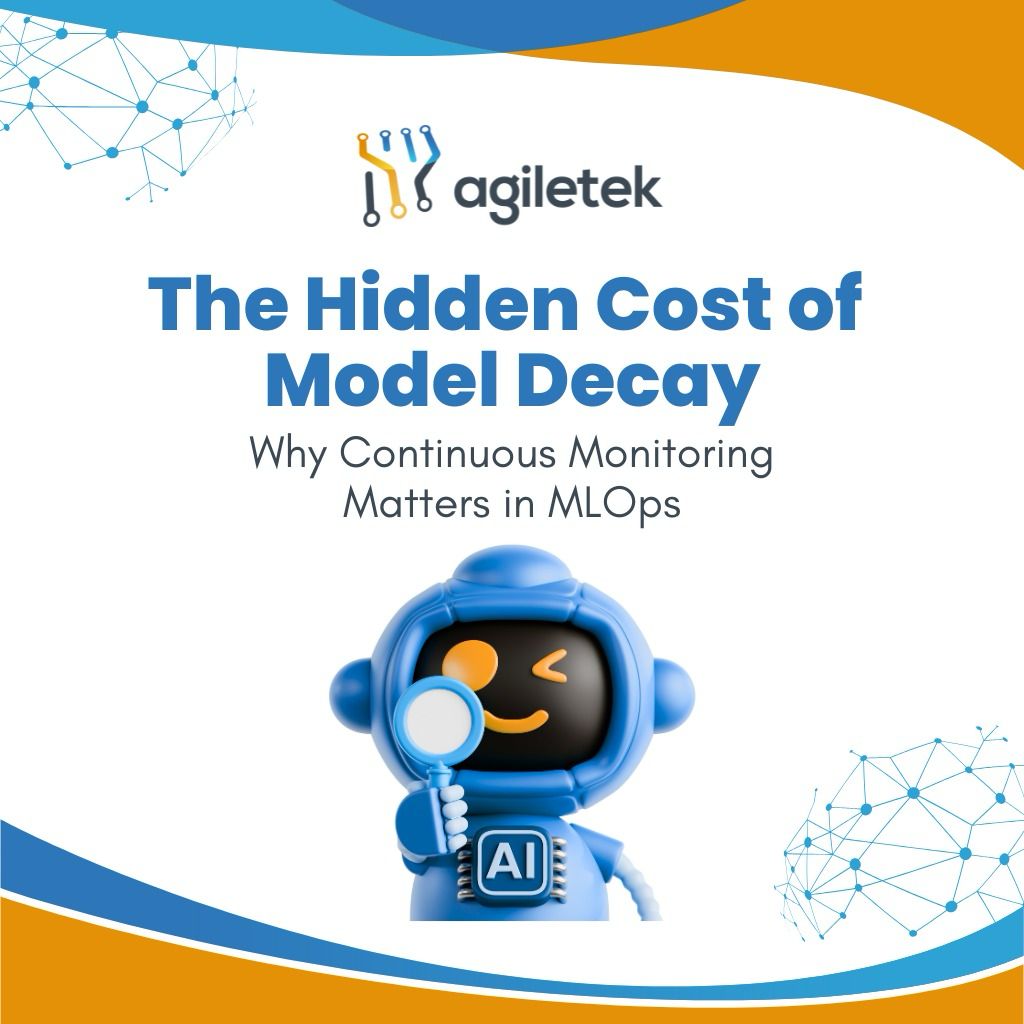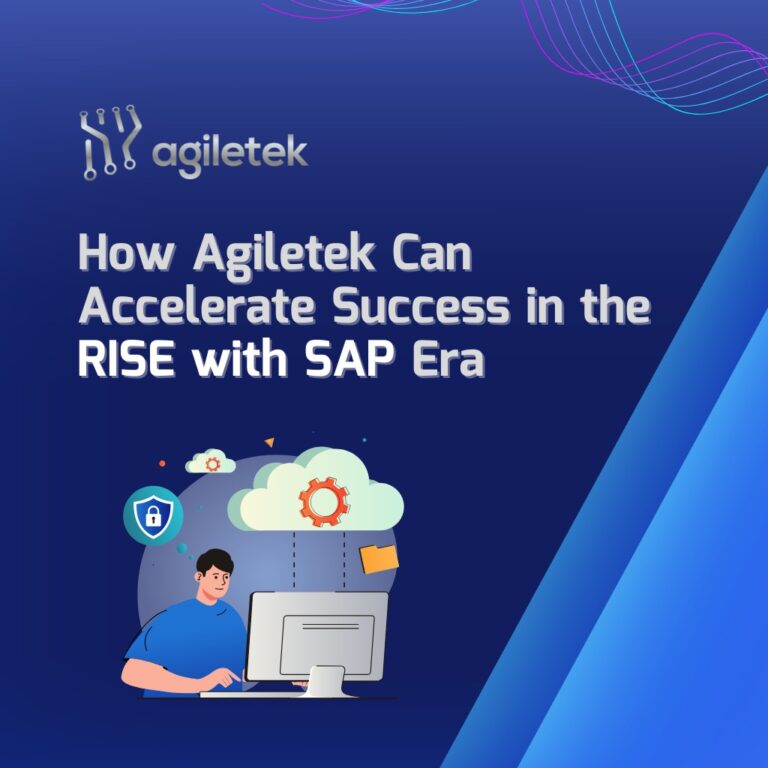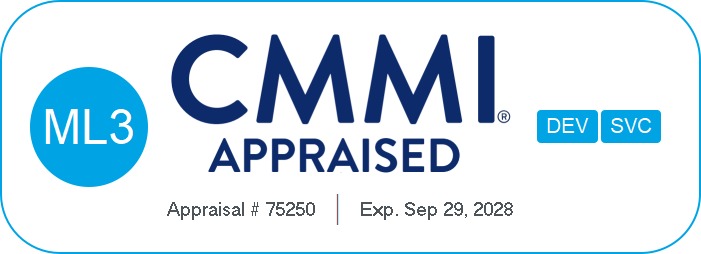Creating a high-performing model is just the beginning of machine learning. When the model interacts with the unstable factors present in the real world after it has been deployed, that is when the true test takes place. Model decay is the term used to describe how all models, even the most accurate ones, deteriorate over time.
However, model decay is more than just a technical issue; it is a cunning killer of AI return on investment. Businesses run the danger of making decisions based on projections that are no longer accurate, which might negatively impact the customer experience or, worse, put
them in violation of the law. This article explores the definition of model decay, its causes, and the critical role that continuous monitoring, a frequently overlooked component of MLOps, plays in preventing it.
What is Model Decay?
The term ‘model decay’ refers to a machine learning model’s performance deteriorating after it is intentionally implemented in the actual world. This decrease frequently occurs when the training environment for the model starts to change, either slightly or significantly. Two of the most prevalent types of model decay are data drift and concept drift. When the model’s input data during production differs from the training data, for example, a change in consumer browsing habits or demographics, this is known as data drift, or covariate shift. On the other hand, concept drift happens when the real link between the input and outputs changes. For instance, a financial fraud detection model may be built on outdated fraud types, making it obsolete.
Why Traditional Monitoring Falls Short?
Infrastructure indicators including uptime, CPU, and memory usage are examined by standard DevOps monitoring. These will verify that an ML application is operating, but they won’t provide you with information on the behavior of the model, such as whether the incoming data still matches the training data or whether the predictions are correct in production. ML systems require visibility into model-specific behavior, such as how accurate predictions are in a live setting or whether the incoming data is still aligned with training data. Without such insight, organizations often don’t realize there’s a problem until significant damage is done, like revenue losses, poor user experience, or compliance issues. Model-centric observability layers in MLOps pipelines are necessary to supplement infrastructure monitoring technologies, which are still essential but insufficient on their own.
Tools That Make It Possible
Modern MLOps setups include dedicated components for continuous monitoring. The following are a some of the widely used tools:
● Evidently AI: It is used to detect data and concept drift through visual dashboards.
● WhyLabs: It is used for real-time model performance tracking at scale.
● Arize AI: It is for troubleshooting model issues with deep ML observability
● Prometheus + Grafana (custom): It is used for monitoring infrastructure-related custom machine learning metrics. These tools and methods allow teams to create a closed feedback loop between production and experimental when combined with CI/CD pipelines and alerting tools.
The Hidden Costs of Ignoring It
If deployed ML models are not monitored, there may be significant hidden costs. In the commercial world, bad model performance might result in unsatisfactory recommendations, poorly targeted ads, inaccurate demand forecasts, or security flaws, all of which impact revenue. Customer trust can also take a hit, especially in personalized services, when AI-driven interactions become inconsistent or irrelevant. The repercussions can be much greater in many regulated sectors, like healthcare or banking. When a model is operationalized and relied upon excessively without any checks or balances, it might undermine legal requirements and cause compliance problems by failing to detect hidden bias or performance drift. Additionally, technical teams find themselves in a firefighting mode by manually fixing issues that could have been automatically detected and resolved with proper monitoring infrastructure.
Best Practices for Staying Ahead of Decay
Organizations must incorporate continuous monitoring into every stage of the MLOps life cycle in order to reduce the risks of model decay. It is crucial to incorporate observability into the models during design to ensure that all inputs, outputs, and visualizations are monitored and recorded. Teams should establish quantifiable KPIs tracking accuracy, latency, fairness, and feature drift, rather than only tracking training performance. Automation is essential when thresholds are crossed, retraining workflows and using monitoring to set off notifications. Involving cross-functional stakeholders, like domain experts, in the interpretation of monitoring outcomes and decision-making is also crucial. In the end,companies may maintain models’ efficacy and reliability throughout time by considering them as dynamic systems rather than static code.
Final Thoughts
For real-world machine learning systems, model decay is an inevitable reality. However, it doesn’t have to be the end of the world if proper monitoring approaches are used! The secret to making sure your deployed models remain reliable, equitable, and effective over time, regardless of how the data or human behavior evolves – is constant monitoring. In the AI era and the modern world, a model’s utility extends beyond its initial implementation to include its maintenance. At Agiletek, we support and mentor teams in utilizing AI in a sustainable manner that gives them the control and visibility they need to guarantee success beyond launch. If your organization is deploying ML with no model monitoring in place, it’s time to rethink your MLOps approach before performance quietly begins to erode.









